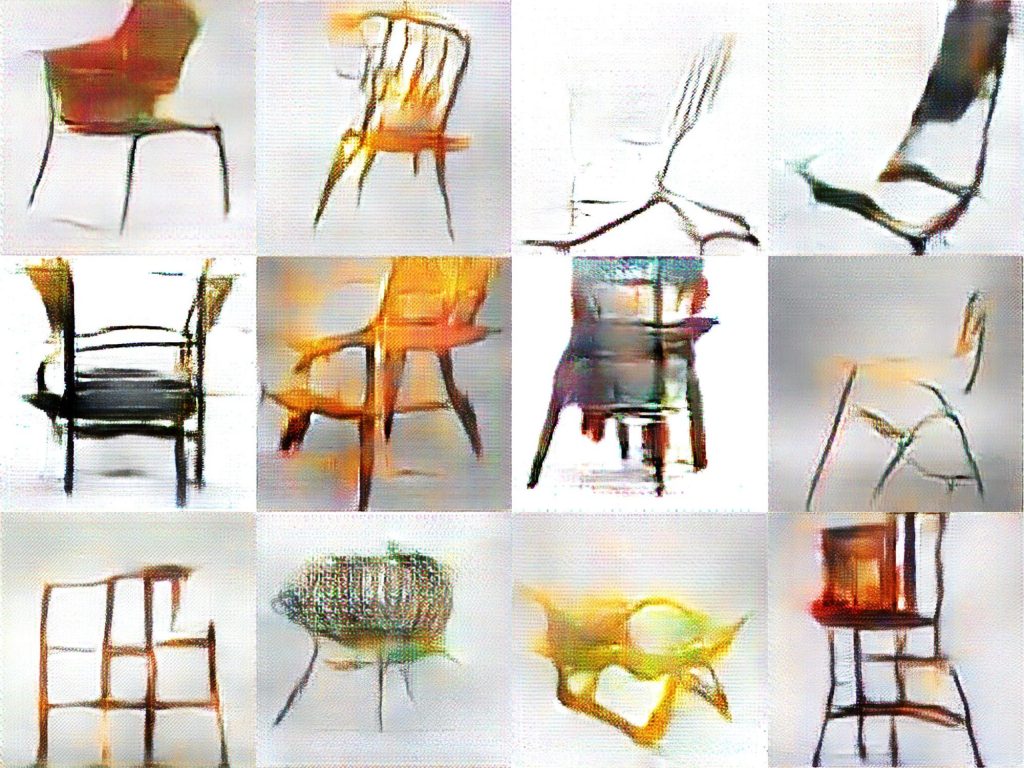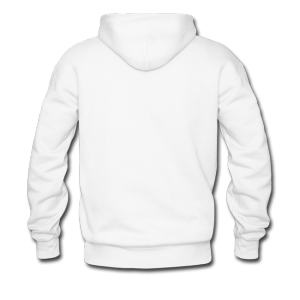/*
Vicky Zhou
Section E
vzhou@andrew.cmu.edu
Project_02
*/
var eyeSize = 50;
var faceWidth = 250;
var faceHeight = 250;
var noseWidth = 23;
var noseHeight = 40;
var noseColor = 155;
var faceColor = 320;
var lefteyeColor = 190;
var righteyeColor = 190;
var mouthColor = 50;
var mouthWidth = 150;
var mouthHeight = 10;
var earWidth = 31;
var earHeight = 42;
function setup() {
createCanvas(640, 480);
}
function draw() {
noStroke();
background(165, 221, 208);
//face color
fill(248, 206, faceColor);
//face size
ellipse(width / 2, height / 2, faceWidth, faceHeight);
//variables for eye location
var eyeLX = width / 2 - faceWidth * 0.25; //variable for left eye location
var eyeRX = width / 2 + faceWidth * 0.25; //variable for right eye location
//left eye color
fill(55, lefteyeColor, 58);
//left eye size
ellipse(eyeLX, height / 2, eyeSize, eyeSize);
//right eye color
fill(48, 123, righteyeColor);
//right eye size
ellipse(eyeRX, height / 2, eyeSize, eyeSize);
//nose color;
fill(216, 173, noseColor);
//nose size
rect(width / 2 - noseWidth / 2, height / 2, noseWidth, noseHeight);
//variables for mouth location
var mouthLY = height / 2 + faceHeight*0.25 //variable for keeping mouth in center
//mouth color
fill(239, 136, 120);
//mouth size
rect(width / 2 - mouthWidth / 2, mouthLY, mouthWidth, mouthHeight);
//variables for ear location
var earLY = height / 2;
var earRY = height /2;
//left ear color
fill(248, 206, faceColor)
//right ear color
fill(248, 206, faceColor);
//left ear size
ellipse(width / 2 - faceWidth*0.53, earLY, earWidth, earHeight);
//right ear size
ellipse(width / 2 + faceWidth*0.53, earRY, earWidth, earHeight);
}
function mousePressed() {
// changes face when user clicks
faceWidth = random(100, 200);
faceHeight = random(100, 250);
eyeSize = random(10, 30);
faceColor = random(0, 320);
lefteyeColor = random(0, 190);
righteyeColor = random(0, 190);
noseColor = random(0, 155);
noseWidth = random(10, 23);
noseHeight = random(20, 40);
mouthWidth = random(45, 65);
mouthHeight = random(5, 10);
earWidth = random(30, 31);
earHeight = random(36, 42);
}
I had a lot of fun with this project in particular because I really enjoyed how the random process generator was able to create a wide variety (or small variety, depending on the limits constructed) of faces with each click. I spent a majority of my time fluctuating between what features I wanted to have change the most (for example, face size and color), and what features I wanted to stay more static (for example, the mouth).
![[OLD FALL 2018] 15-104 • Introduction to Computing for Creative Practice](../../../../wp-content/uploads/2020/08/stop-banner.png)


 hello
hello